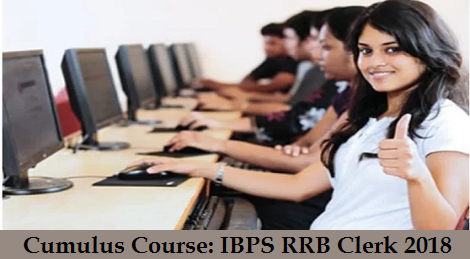Dear Aspirants,
Welcome to Online Computer Quiz in Affairscloud.com. Here we are providing sample questions in Operating System. It will be useful for all SBI/IBPS/LIC exams and other competitive exams. We have also included some important questions that are repeatedly asked in previous exams.
1. The portion of an OS that relates to the user and to applications is called _________
A. root
B. shell
C. registry
D. None of the above
2. What is the primary method for implementing Virtual Storage?
A. Paging
B. Fragmentation
C. Translation
D. None of the above
3. The portion of an OS that is responsible for interacting with the hardware is called ________
A. root
B. shell
C. registry
D. kernel
4. The breaking apart of files into separate segments as they are stored by an operating system on the hard drive is known as ________
A. Paging
B. File Fragmentation
C. File Management
D. None of the above
5. __________ is the file management program built into the recent Windows operating systems.
A. Search Tool
B. File Explorer
C. File Compression Program
D. None of the above
6. A type of operating system designed to be installed on a network server is called _______
A. Personal Operating System
B. Embedded Operating System
C. Mobile Operating System
D. Server Operating System
7. __________ enables two or more users to run programs simultaneously.
A. Personal Operating System
B. Embedded Operating System
C. Mobile Operating System
D. Multi User Operating System
8. ________ is an operating system that organize and coordinates how multiple users access and share resources on a network.
A. Personal Operating System
B. Embedded Operating System
C. Mobile Operating System
D. Server Operating System
9. ________ allow user-level processes to request services of the Operating System
A. Paging
B. Fragmentation
C. System Calls
D. None of the above
10. What is/are the major activity of an OS with regard to memory management?
A. The creation and deletion of both user and system processes
B. The suspension and resumption of processes
C. The provision of mechanisms for process synchronization
D. All of the above



